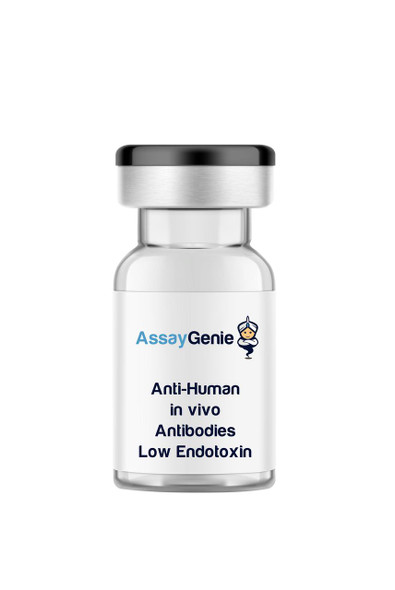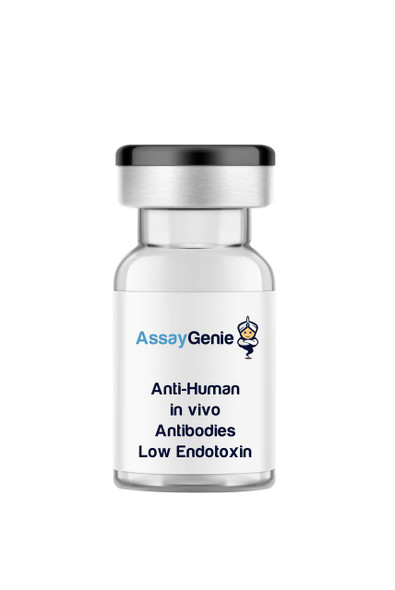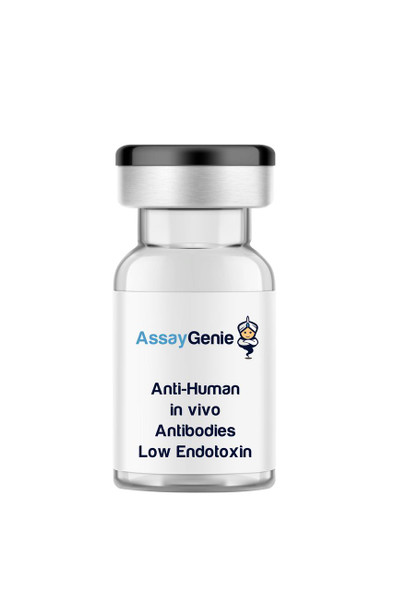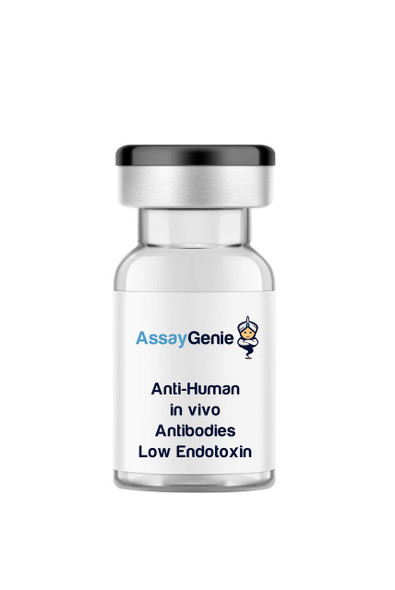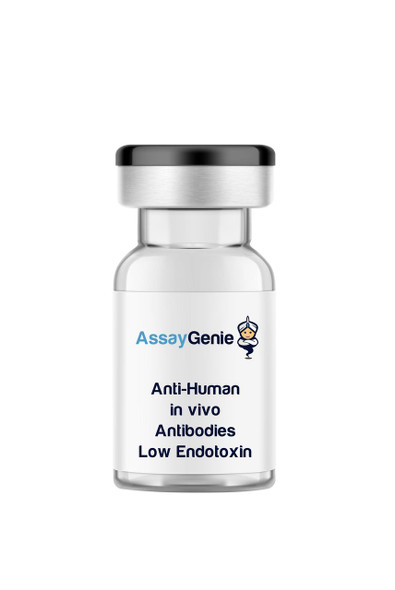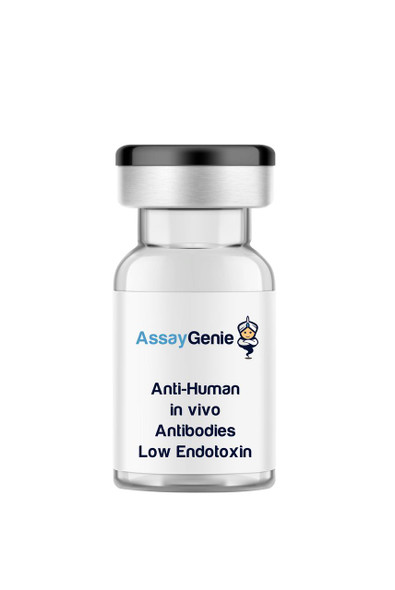CXCR4 is a G-protein coupled receptor that binds the chemokine CXCL121. Chemokines are small 8-12 kDa proteins that mediate cell migration and arrest, homing and trafficking of leukocytes in bone marrow and lymphoid organs, tissue formation, cytoskeletal rearrangement, and immune cell recruitment to inflammation. Additionally, chemokines are expressed by cancer cells, where they enhance tumor angiogenesis and development. CXCR4 is the chemokine receptor most abundantly expressed2 and most frequently detected3 in various cancer types, being present in malignant cell subpopulations in primary tumors as well as sites of metastasis. CXCR4 is involved in tumor cell proliferation and migration2 and is involved in leukocyte chemotaxis in several autoimmune diseases1. CXCR4 also acts as an alternative receptor for some isolates of HIV-2 in the absence of CD44. CXCR4 expression is regulated by HIF-1α, IL-5, IFN-gamma, TGF-β, and IL-17A1.
12G5 was produced by immunizing Balb/c mice with CP-MAC-infected Sup-T1 cells4. Hybridomas were generated and screened for the ability to inhibit CP-MAC-induced syncytium induction on Sup-T1 cells.
12G5 binds specifically to both human and nonhuman cells that express recombinant CXCR44. 12G5 inhibits CD4-independent infection by some HIV-2 isolates, and preincubating cells with 12G5 abolishes syncytium formation. HIV-2/vcp-infected cells display a marked and selective reduction in 12G5 binding. 12G5 also inhibits induction of cell-to-cell fusion of CXCR4+ RD/CD4 cells by HIV-1 and HIV-2 strains5.

![Anti-Human CXCR4 [12G5] In Vivo Antibody - Low Endotoxin Anti-Human CXCR4 [12G5] In Vivo Antibody - Low Endotoxin](https://cdn11.bigcommerce.com/s-39x6lpnvxv/images/stencil/608x608/products/119998/118181/anti-human-cxcr4-12g5-in-vivo-antibody-low-endotoxin__76386__78900.1698937811.jpg?c=1)
